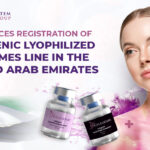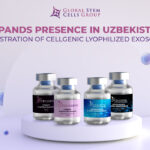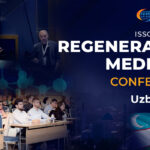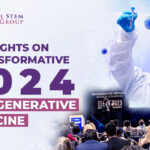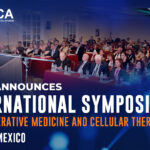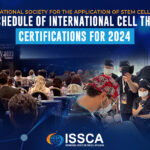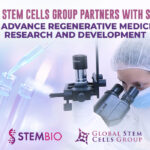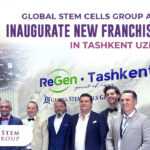There is a growing movement worldwide among patients suffering from degenerative diseases and orthopedic conditions that can’t be treated or cured through conventional medicine for access to stem cell treatments. Fed up with invasive and expensive surgeries, destructive procedures and the side effects of pharmaceuticals, more and more patients and their families are seeking access to the promising world of stem cell therapies.
Global Stem Cells Group is a world leader in stem cell research, training and patient services, and is already providing treatments to patients internationally. But there is a growing call for the science-based medicine community to advocate for appropriate, expeditious FDA action that can make these treatments more available in the U.S.
People suffering from a myriad of conditions who can benefit from stem cell therapies have taken to traveling abroad for them. Global Stem Cells Group has established stem cell treatment clinics worldwide, and conducts research and clinical studies on stem cell therapies routinely.
One of GSCG’s focuses has been on stem cell treatments for COPD, or chronic obstructive pulmonary disease, a progressive condition that makes it difficult to breathe, and gets worse over time. According to the Centers for Disease and Control and Prevention (CDC), more than 1.5 million people in the U.S. have been diagnosed with COPD, which can cause coughing, excess mucus production, wheezing, shortness of breath, chest tightness, and other symptoms that can seriously undermine a person’s quality of life.
We have conducted several studies on the effects of adipose-derived stem cell treatments for COPD, with promising results. In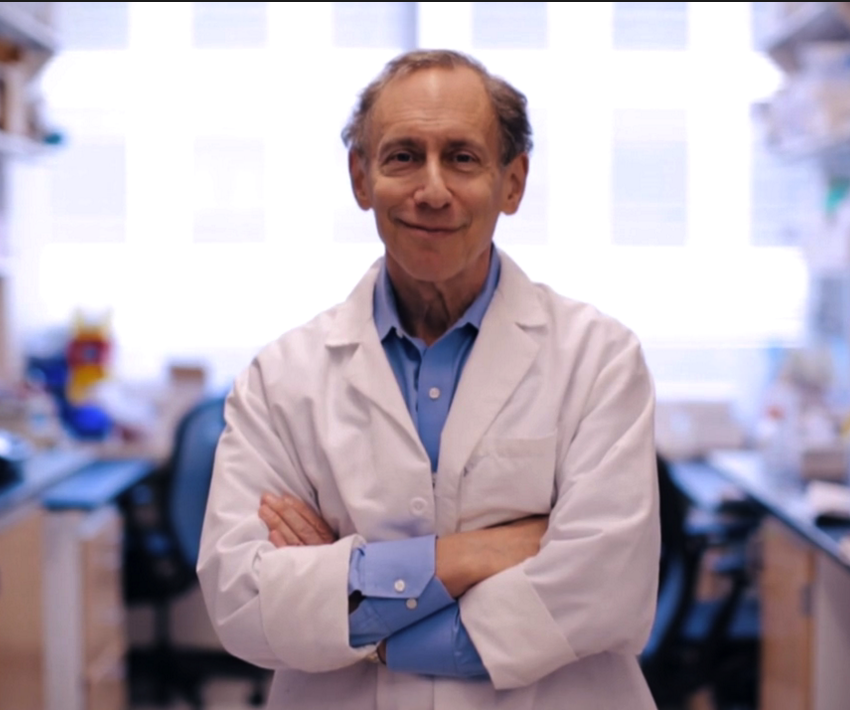 one study using the St. George Respiratory Questionnaire—a disease-specific tool designed to measure impact on overall health, daily life, and perceived well-being in patients with obstructive airways disease—we found that patients demonstrate statistically significant improvements post-treatment, out to the six month time period, including improvements in their ability to complete the six-minute walk distance or exercise capacity.
one study using the St. George Respiratory Questionnaire—a disease-specific tool designed to measure impact on overall health, daily life, and perceived well-being in patients with obstructive airways disease—we found that patients demonstrate statistically significant improvements post-treatment, out to the six month time period, including improvements in their ability to complete the six-minute walk distance or exercise capacity.
Adipose stem cell treatments performed on approximately 40 COPD patients demonstrated marked improvements after therapy, making stem cells a serious contender as a potential healing agent for this debilitating condition. The physician introduces the stem cells through an IV and most of these cells are then caught in the lungs. Adipose stem cells can differentiate to those cells that need to be restored or replaced, including lung tissue cells. In effect, the adipose stem cells remind the lung tissue how to respond when the lungs were healthy, reducing inflammation and promoting healing.
Through our studies, Global Stem Cells Group has seen improvements in patients who suffer from COPD.
We also use adipose stem cells for patients with congestive heart failure. This is a slightly different protocol than the one used for COPD and other conditions. For congestive heart failure patients, instead of injecting differentiated muscle stem cells into the deep scar in the hopes of growing new muscle, we inject the adipose-derived stem cells in the periphery region, where the healthy tissue meets the scar, in the hopes of creating new blood vessels to rejuvenate some of the damaged tissue that hasn’t fully died and turned into scar. By delivering the stem cells via catheter, targeting those areas that have not fully formed a scar, the goal is to increase blood supply to the area. What we have discovered in these studies is that we can increase the injection a fraction—about fifteen percentage points—and we’ve seen statistically significant results demonstrating approximately a 150-meter improvement in the exercise capacity of our congestive heart failure patients.
Additionally, we can combine different cell therapies and different gene therapies or other regenerative medicine techniques to get the best outcome. Moving forward, we will be able to combine adipose-derived stem cells with the muscle-derived stem cells for even better results.
Unfortunately, there are still a lot of regulatory hurdles to overcome in the U.S., but we already offer these therapies at our offshore clinics in Mexico, Panama, the Philippines and other countries. Anyone suffering from a debilitative condition who has hit a roadblock in finding effective treatments in the U.S. should certainly consider learning more about access to stem cell therapies in one of our growing network of international clinics.
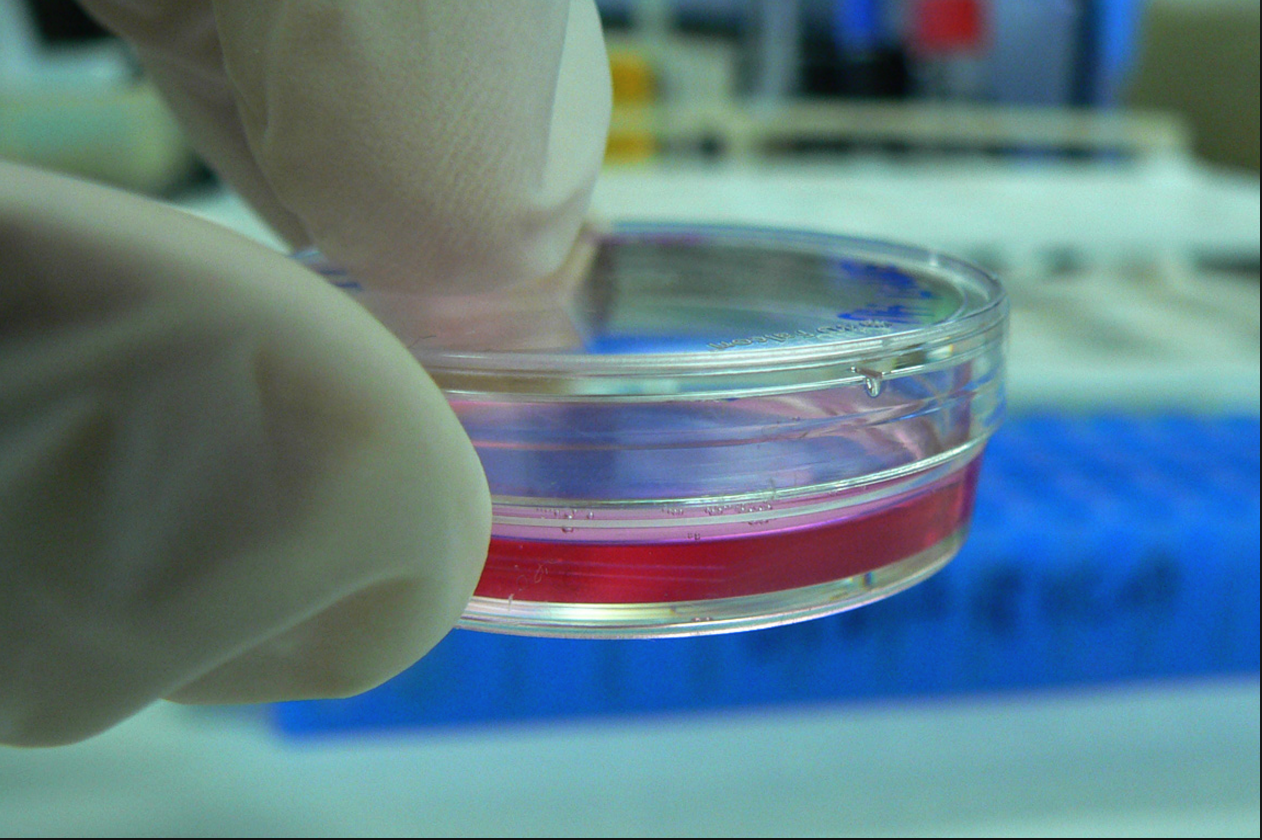 Another very promising trial Global Stem Cells Group completed for critical limb ischemia examined patients who suffered from non-healing lesion wounds on the bottoms of their feet. Most of these patients were diabetic, and as a result had poor perfusion in their limbs. All of the patients were on a list for amputation, so the stem cell trial was a last ditch effort before undergoing limb removal. We began injecting the stem cells intramuscularly along the course of the leg. Thanks to the stem cell treatments, 75 percent of the patients involved were able avoid amputation, with no adverse affects, no deaths, and no patients withdrawn from the study. This was a phenomenal outcome, considering that all of these patients were scheduled for amputation.
Another very promising trial Global Stem Cells Group completed for critical limb ischemia examined patients who suffered from non-healing lesion wounds on the bottoms of their feet. Most of these patients were diabetic, and as a result had poor perfusion in their limbs. All of the patients were on a list for amputation, so the stem cell trial was a last ditch effort before undergoing limb removal. We began injecting the stem cells intramuscularly along the course of the leg. Thanks to the stem cell treatments, 75 percent of the patients involved were able avoid amputation, with no adverse affects, no deaths, and no patients withdrawn from the study. This was a phenomenal outcome, considering that all of these patients were scheduled for amputation.
Stem cell therapies stand to be a powerful approach to treating conditions involving a lack of blood flow in the ischemic tissue, and it doesn’t take too much imagination to see how you can apply this concept to many other conditions and diseases. By utilizing stem cells to help promote angiogenesis (the development of new blood cells), which in turn promotes healing, we expect to revolutionize the way many conditions are treated.
In a first-ever documented case completed at the Hospital Angeles at the Regenerative Medicine Institute, a non-healing leg ulcer resulting from the removal of a cancerous growth had led to only one remedy: amputation of the leg. The patient had received the maximum billable amount of radiation, which destroyed all of the vasculature (blood vessels) in her leg. After undergoing several debridements and an attempted skin graft that proved unsuccessful, amputation was the only available remedy. We gained approval from the Institutional Review Board (IRB) to inject adipose stem cells in and around the wound, although we were unsure of whether it would work since she had normal vasculature leading right up to the point of the wound, where it was basically dead. There was no telling if it could be regenerated.
Eight months post-stem cell therapy, the wound was completely closed and, according to the patient’s radiologist, she had regained normal blood flow in the leg.
For physicians, the ability to provide a wide range of regenerative therapies that can make a substantial quality of life impact on patients who suffer from debilitating orthopedic and degenerative conditions is monumental. As a physician, stem cell certification can help you change lives and create an additional revenue stream for your practice. Regenerative medicine is here to stay. It is already revolutionizing the practice of medicine as we know it, and will continue to gain traction. Patients are actively seeking experienced providers, and Global Stem Cells Group—among the most experienced in this field— offers one of the most comprehensive regenerative medicine programs available.
There’s no more natural or less invasive therapy than using stem cells to heal the body, without the side effects of traditional pharmaceuticals. More conditions are being successfully treated with regenerative medicine therapies today than ever before. As a physician, once you’re experienced in providing some of these regenerative medicine techniques, you can be sure you will have a sustainable, competitive advantage that will benefit your patients and your practice.
